Strainer/Filter Manufacturer
Only unexpected, nothing impossible
WHO IS Strainer/Filter ?
A Strainer/Filter is a crucial filtration device installed in pipelines to remove large particles and debris from liquids or gases. It protects downstream equipment, such as pumps and valves, from damage and blockages, ensuring smooth operation and reducing maintenance costs in various industrial processes.
Strainer/Filter Series
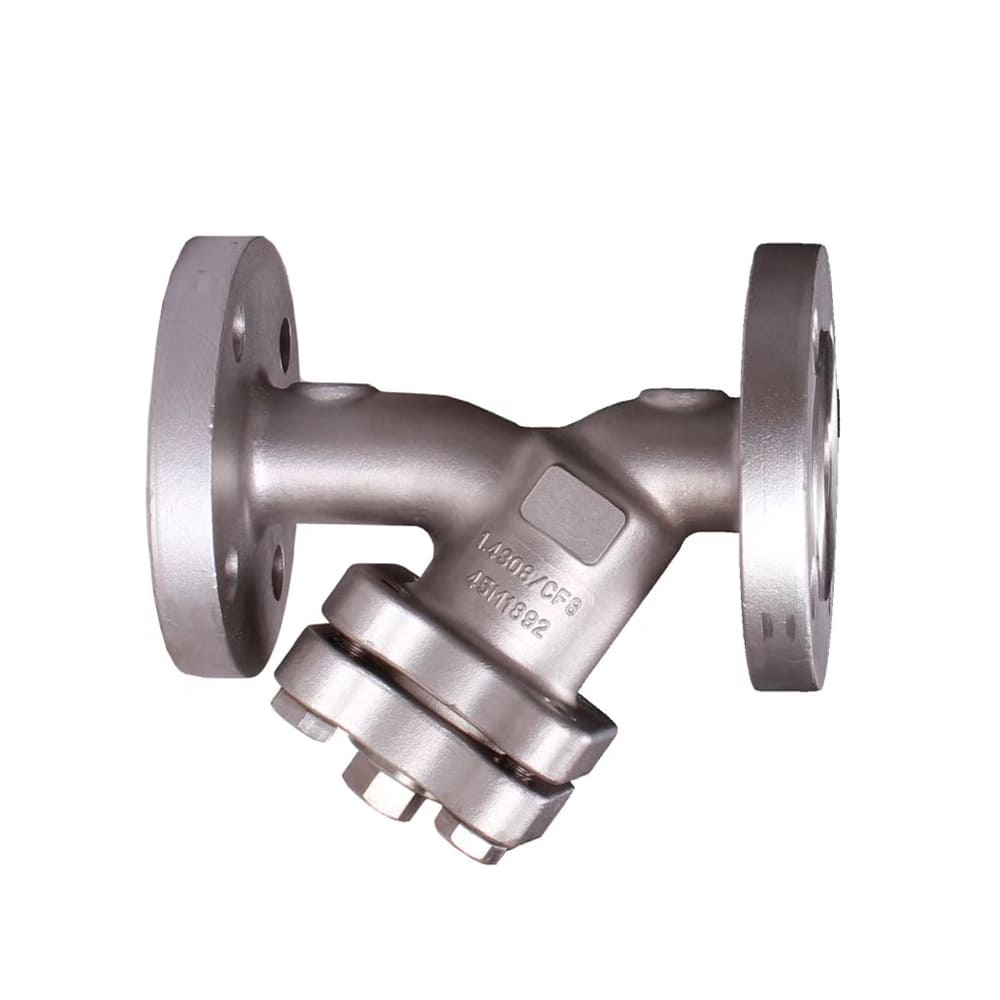
Y Strainer/Filter
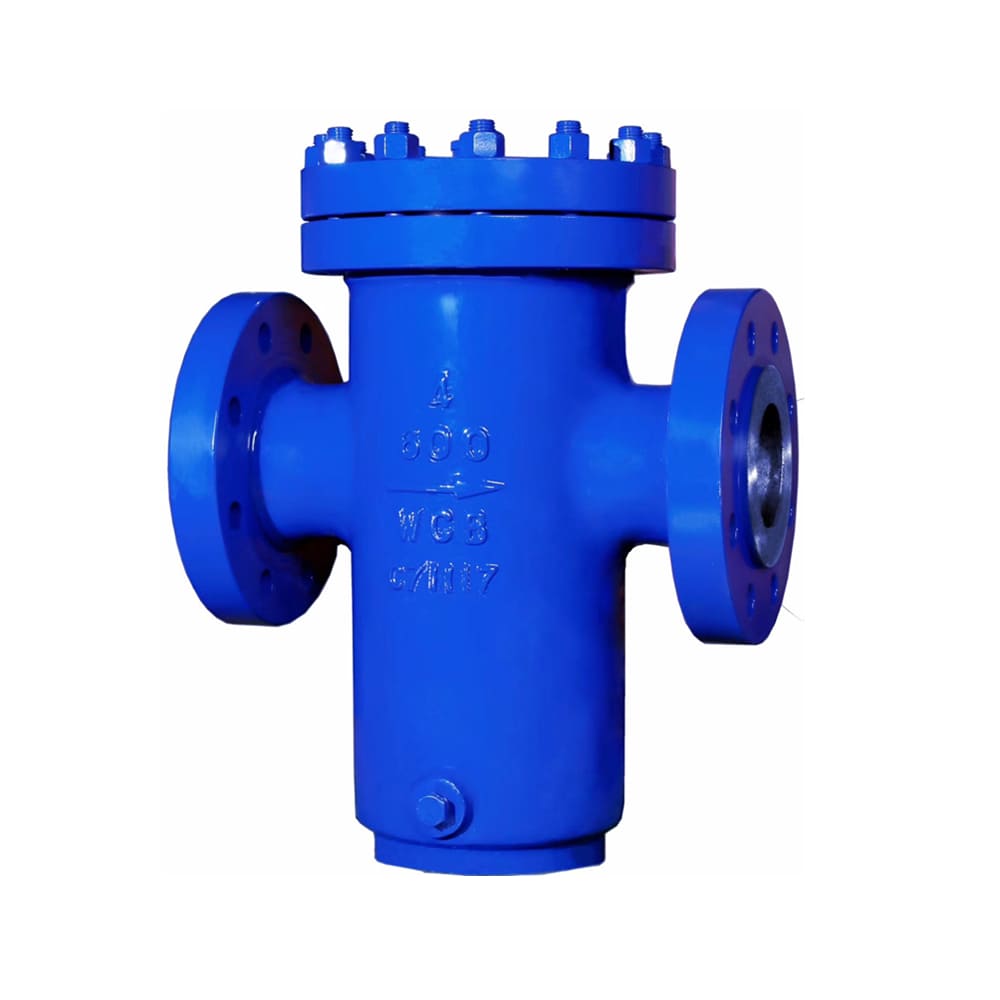
Basket Strainer/Filter
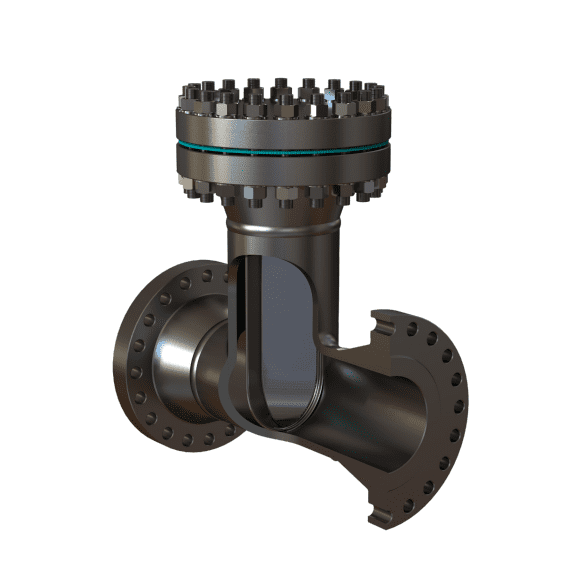
T Strainer/Filter
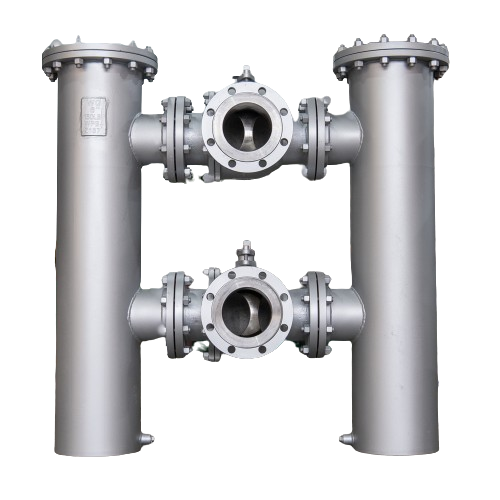
Duplex Strainer/Filter

Customized Your Strainer/Filter
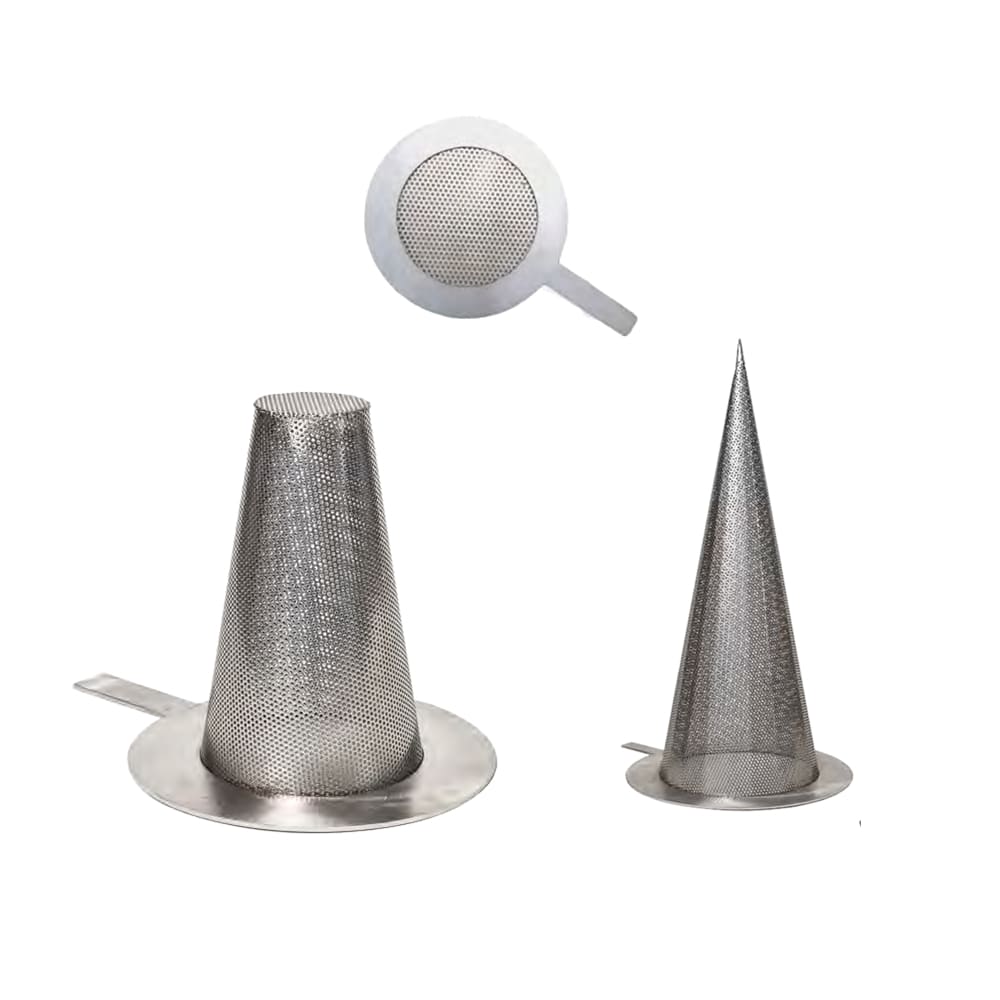
Temporary Strainer/Filter
How Does Strainer/Filter Work ?
The process of using a Strainer/Filter is as follows:
Fluid/Gas Enters the Strainer: The fluid or gas enters the strainer housing through the inlet.
Filtration Process: As the fluid or gas passes through the strainer element (usually a mesh or perforated metal), large particles are trapped on the surface of the strainer, preventing them from continuing downstream.
Clean Fluid/Gas Exits: The cleaned fluid or gas, free from large particles, exits the strainer through the outlet, ready to continue through the system.
Maintenance: Periodically, the strainer must be cleaned or replaced to remove the accumulated debris. This can be done manually or, in some designs, automatically.
Why Choose Strainer/Filter?
Strainers protect downstream equipment such as pumps, valves, and sensors from damage caused by large particles, debris, or contaminants in the fluid. This reduces the risk of equipment failure and extends the lifespan of critical components.
By preventing large particles from entering sensitive machinery, strainers reduce the frequency of costly repairs and maintenance. They help avoid expensive downtime due to equipment breakdowns.
Strainers ensure that only clean fluids pass through the system, enhancing the overall efficiency of the process. This is particularly important in industries where fluid purity is critical, such as food and beverage, pharmaceuticals, and chemical processing.
Most strainers are designed for straightforward installation and maintenance. Cleaning or replacing the strainer element is typically simple, and some designs, like duplex strainers, allow for continuous operation even during maintenance.
Strainers come in various designs (Y strainers,basket strainers...) and material (stainless steel, brass, plastic...), making them suitable for a wide range of applications and operating environments.
Strainers can be customized in terms of mesh size, material, and design to meet the specific needs of different applications. This flexibility allows for optimal filtration based on the type and size of particles present in the fluid.
By preventing large debris from clogging or damaging equipment, strainers contribute to a safer working environment, reducing the risk of accidents or system failures.
A clean and debris-free system operates more efficiently, often leading to reduced energy consumption. This can result in lower operational costs and a more sustainable process.
Categorization of Strainer/Filter
By Design:
- Y-Strainer: Shaped like the letter “Y”, this type is commonly used in pipelines where space is limited. It can be installed horizontally or vertically.
- T-Strainer: Also known as T-Type or Basket Strainer, it has a basket-shaped filter element and is typically used for applications requiring the removal of larger debris.
- Duplex Strainer: Consists of two strainer baskets that allow for continuous operation even during maintenance. One basket can be cleaned while the other continues to operate.
- Conical Strainer: A temporary strainer shaped like a cone, often used during startup operations to protect equipment.
By Application:
- Pipeline Strainers: Installed directly in pipelines to remove debris from process fluids.
- Pump Strainers: Used to protect pumps by filtering out debris before it enters the pump.
- Air Strainers: Designed to filter air in ventilation or pneumatic systems.
By Material:
- Metal Strainers: Made from materials like stainless steel, carbon steel, or brass, used for durability in harsh environments.
- Plastic Strainers: Used in less demanding environments where chemical resistance is needed.
- Fabric Strainers: Typically used in applications requiring finer filtration.
By Installation Method:
- Inline Strainer: Installed directly within the pipeline, allowing fluid to flow straight through.
- Side Inlet Strainer: Fluid enters from the side and exits downward, often used in vertical pipelines.
- Top Entry Strainer: Fluid enters from the top, and debris is collected in a bottom basket.
Most Popular Questions for
Strainer/Filter
This question explores the functional and design differences between strainers and filters, including their applications, materials, and the size of particles they can remove.
This question addresses the specific scenarios in which a strainer is more appropriate than a filter, usually focusing on situations involving larger particles and less stringent filtration requirements.
This question is about choosing the correct strainer or filter based on factors like fluid type, particle size, flow rate, pressure, and environmental conditions.
Maintenance frequency is a common concern, and this question deals with the recommended intervals for cleaning or replacing the filtration elements to ensure optimal performance.
This question focuses on the different materials available for strainers and filters, such as stainless steel, plastic, or specialized fabrics, and how to choose the appropriate material based on the application's needs.
This question explains the mechanism of self-cleaning strainers and filters, including how they automatically remove accumulated debris without interrupting the flow.
This question is about the capabilities of strainers and filters to operate in extreme conditions and what specific designs or materials are suited for such environments.
Understanding pressure drop is crucial for system efficiency, and this question delves into how to measure, interpret, and minimize pressure loss in filtration systems.
Sizing is critical for effectiveness, and this question involves the factors to consider, such as flow rate, particle size, and system pressure, to correctly size a strainer or filter.
Users often ask about potential issues like clogging, pressure drop, or improper installation and seek advice on troubleshooting and prevention.
Customized your Valves with EASY!
Tell Us What You Need
Input the valve information you need, such as size, pressure, material and so on.
Directly upload datasheets or drawings.
Get Quote & Solution≤18h
To get a quote in less than 18 hours and have projects executed more easily and procurement streamlined, pls complete this form.
Get Drawing & Datasheet≤24h
For the normal valves, we can provide the drawings or datasheets wihtin 24 hours. For the customzied valves or large project, provide the drawings or datasheet within 48 hours.
Get A Fast Quote
Don’t let delays slow down your operations. Click here to fill out our quick quote form. And we’ll get back to you with a price and delivery time as soon as possible.

